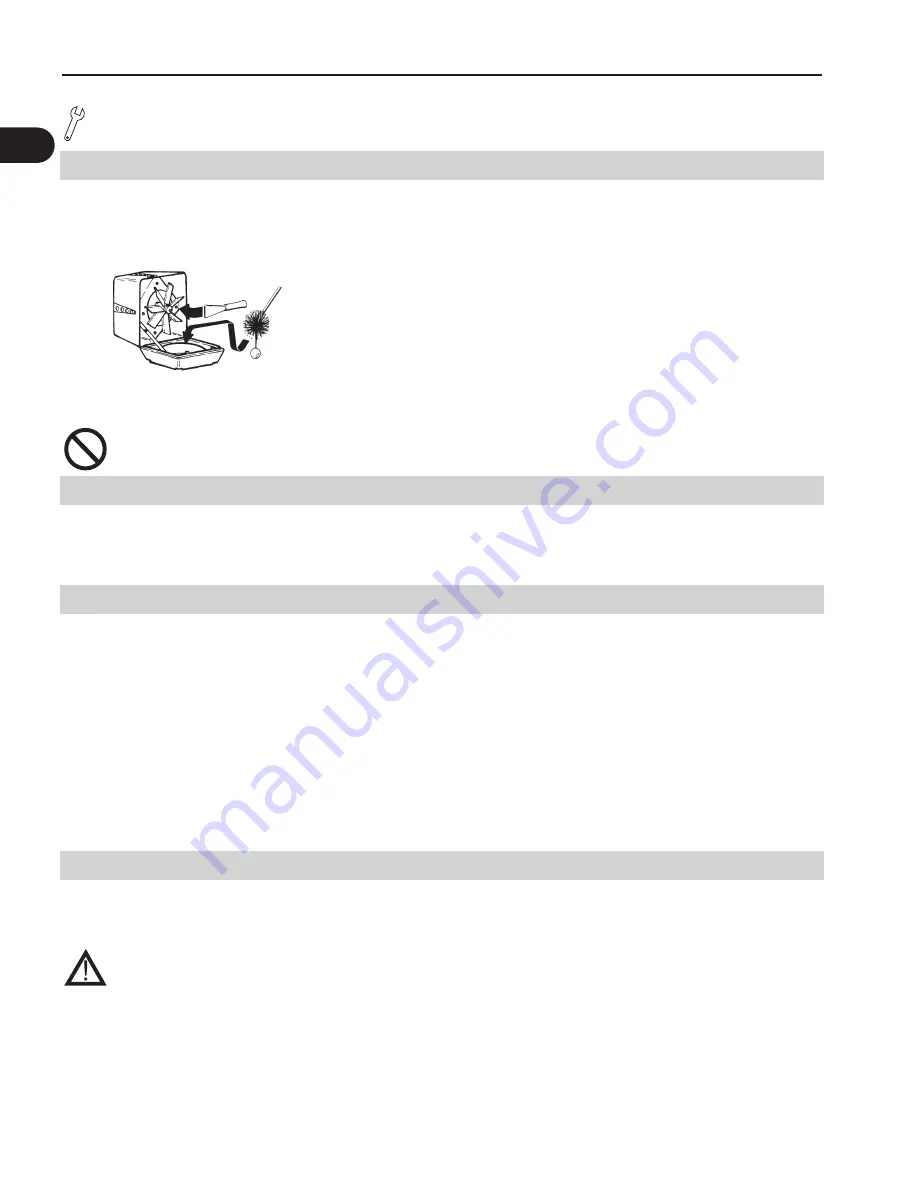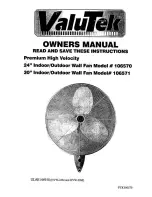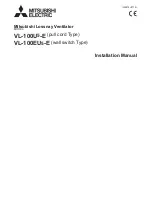
6. Maintenance and troubleshooting
6.1 Care and cleaning
The
exodraft
grease fan is designed for prolonged use.
The fan should be inspected at least once a
year
when the chim-
ney is inspected.
Deposits should be removed from the fan blades or the impeller and the bottom of
the motor housing.
The run capacitor is considered a wear part and will need to be replaced depending on usage.
Fig. 7
The top of the fan is hinged and can be opened in order to ease the cleaning.
Do not open the motor housing unless power to the grease fan has been disconnected.
6.2 Chimney cleaning intervals
The need for chimney and chimney fan maintenance depends on how the cooking appliance is operated.
Pizza ovens and
BBQ’s need a great deal of chimney and chimney fan maintenance. These appliances produce
dense
smoke consisting of creosote and grease if it is loaded for long durations or overnight fires.
6.3 Creosote formation and need for removal
When wood is burned slowly, it produces tar and other organic vapors, which combine with expelled moisture to
form
creosote.
The creosote vapors condense in the relatively cool chimney flue of a slow-burning fire.
As a result,
creosote
residue accumulates on the flue lining.
When ignited, this creosote makes an extremely hot fire.
Creosote causes many problems.
Some are visible, while others are not.
It can make trouble if:
y
It runs down outside the pipe to damage the finish on the metal.
y
It drips out of joints, damaging floors or furnishings.
y
It plugs up the chimney causing poor combustion, smoking, soiling walls and indoor pollution.
y
It catches fire in the chimney to cause possible chimney damage and damage to the building.
6.4 Inspection schedule
The chimney and the chimney fan should be inspected at least every 2 weeks for the first couple of months
to determine
at what rate the creosote builds up.
If creosote has accumulated, it should be removed to reduce the
risk of a chimney fire.
Evaluation of chimney systems installed in commercial restaurants serving a wood-fired cooking
appliance indicates a build-up of 1/8-1/4” of creosote for every 4 cords of wood burned. This can
be used as a guideline, but each application is different.
As a guideline, a chimney and grease fan serving a commercial wood-fired cooking appliance should be cleaned at
least
once a month, unless the use has proven this to be more than adequate.
Most chimney manufacturers require, if you see deposits more than 1/16” thick, clean all chimney parts
mechanically.
This
means using brushes, scraping or equivalent.
12
3001361 GSV009-016 Grease fan 20210824 - international
Summary of Contents for GSV 009
Page 16: ...Notes www exodraft com...


































